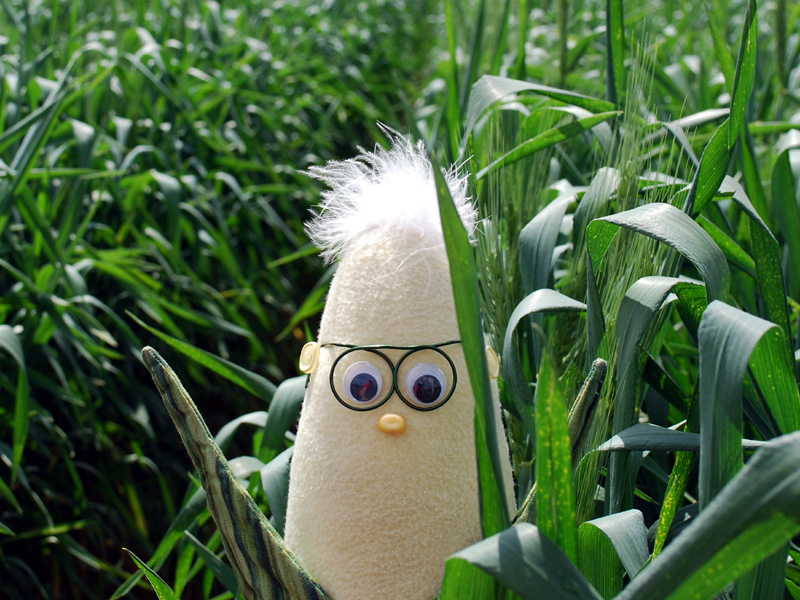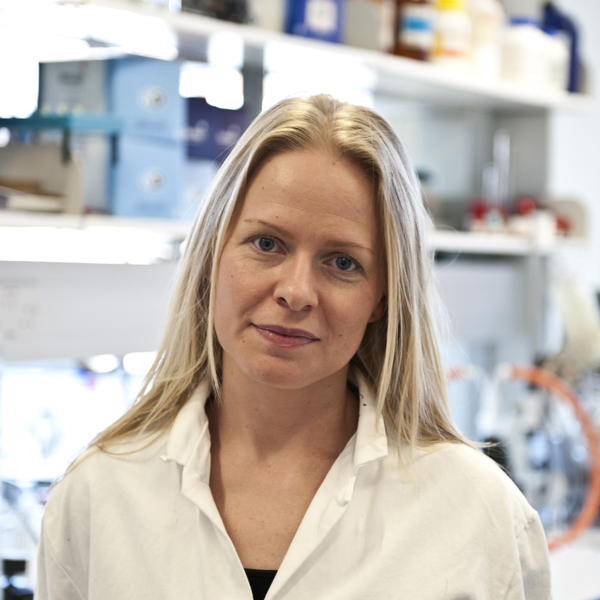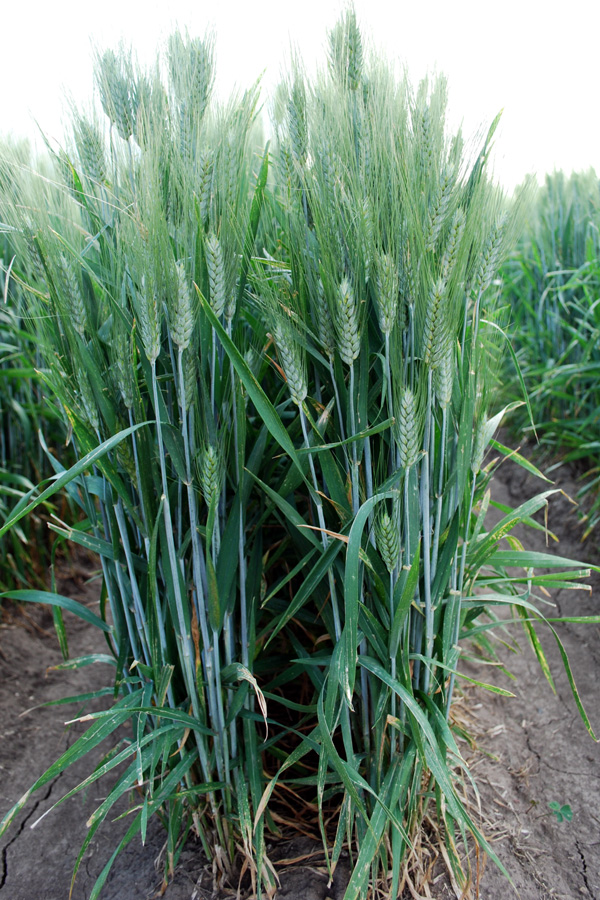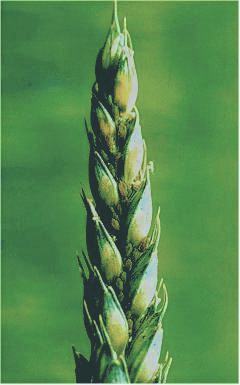
This is the first in a new series called “Better Know a Scientist”. The goal of these interviews will be for scientists to share their research, for us readers to gain more knowledge in a field we may not be familiar with, and to learn a bit about the individuals doing the research as well. I’m going to be interviewing my friend, Erfan Vafaie (@sixleggedaggie), who blogs at sixleggedaggie.com. Over the past few years, we’ve sent each other papers that we’ve found interesting, and I’ve asked him about bugs and GMOs to get his insights and perspectives. Like me, he is also an Iranian-Canadian, but lives in Texas.
Here we go! Continue reading “Better Know a Scientist: Entomologist Erfan Vafaie”
Tag: insects
Keeping Bees in the City
 Beekeeping is a fun and often very rewarding hobby. If you live in rural areas with a lot of agriculture, keeping bees is seen as a normal and often necessary practice. But given the fascinating and exciting nature of keeping bees, and concern for the plight they are currently in, it is increasingly common to find city-dwellers joining in on all the fun. Except for one problem, there are many towns and cities that have bans on beekeeping. New York City was home to an underground – or rooftop – movement of urban beekeeping that eventually led to an ordinance that made it legal.
Beekeeping is a fun and often very rewarding hobby. If you live in rural areas with a lot of agriculture, keeping bees is seen as a normal and often necessary practice. But given the fascinating and exciting nature of keeping bees, and concern for the plight they are currently in, it is increasingly common to find city-dwellers joining in on all the fun. Except for one problem, there are many towns and cities that have bans on beekeeping. New York City was home to an underground – or rooftop – movement of urban beekeeping that eventually led to an ordinance that made it legal.
In my local area, the small village of Mount Horeb completely banned beekeeping two years ago, while the big city of Madison recently legalized it with a very open-minded ordinance. Today for my National Pollinators Week series, I’m going to talk about the rights and wrongs of urban beekeeping.
Is beekeeping fit for urban areas?
There are several arguments against keeping bees in urban settings, and many in favor of it. It is often argued that honeybees in cities are a danger to public health and well-being, a nuisance when they are active or swarming, and that they prevent one’s neighbors from enjoying their own property. It is also sometimes argued that bees belong outside of town because they are associated with farms.
Arguments in favor include that honeybees are not dangerous, are no more a nuisance than the average neighbor’s barking dog, benefit the gardens of other citizens, and provide educational opportunities. Furthermore, encouraging more hobby beekeepers could help stem the tide of collapsing colonies, raise awareness of this issue, and produce delicious honey for people. There is a growing and important interest in urban farming and gardening, and beekeeping fits very well in that trend. Continue reading “Keeping Bees in the City”
Springtime is for Swarms

One of the most iconic and misunderstood behaviors of honeybees is the “swarm.” People fear the swarm – it conjures up thoughts of an unstoppable venomous aerial assault – and yet ironically it is the most friendly and tame way to encounter honeybees! Catching swarms is one of the most fun and exciting things about beekeeping, and is often the way that new beekeepers get started. My late grandfather started keeping bees when he caught a swarm in a cardboard box in downtown San Francisco. A swarm was how I got started as well. Until recently, I have only caught swarms and have never seen one leave a hive. To continue my National Pollinators Week series, I’m going to tell you all about swarms – including the biggest swarm I have ever seen, which came right out of one of my own hives.
In the springtime while flowers are blooming and bee hives thriving, worker bees get the itch to swarm. It often happens on very warm days after a cold spell in April to July, but sometimes as late as August or September! The earlier the swarm, the better. This is because it gives the bees more time to build up their new hive to produce honey, or make it through the winter. There’s a saying that goes,
A swarm in May
Is worth a load of hay.
A swarm in June
Is worth a silver spoon.
A swarm in July
Isn’t worth a fly.
So why do bees swarm?
Continue reading “Springtime is for Swarms”
Interview with Dr. Gia Aradottir
In England, there is an important experiment underway. A research group at the Rothamsted Research station in Harpenden, is testing a variety of wheat that has been genetically engineered to scare away aphid pests. If successful, the experiment could demonstrate the effectiveness of a novel, environmentally-friendly way to manage pests.
However, a protest group is threatening the ability of the researchers to continue their project, and there have been a lot of claims made about the research. To help shed some light on this experiment, I interviewed Dr. Gia Aradottir, a biologist who is involved in the project.
KJHvM: Can you tell us a bit about yourself and how you came to work at Rothamsted and on this project? What is your role in the project?
GA: I’m the newest member of the GM wheat team, I joined the E-β-farnesene project a year and a half ago. I did my PhD jointly at Rothamsted Research and Imperial College London where my work focused on the giant willow aphid (Tuberolachnus salignus), chemical ecology and population genetics. My PhD project was partly supervised by the chemical ecology group and when I had the opportunity to join, I jumped at the chance.
We have a fantastic team of people working together, and a lot of interdisciplinary possibilities with the different departments within Rothamsted and the wider scientific community. We work on a number of projects, and my contribution to this particular project has been insect behavioural studies and analysis of the volatile profiles of the GM wheat.
KJHvM: Can you explain the experiment for our readers? What is the nature of the trait, how it works, and how it could change wheat production if it is successful? How important is this research?
GA: I like to say that we are helping plants to protect themselves against insects. The trait engineered into the wheat plant is the volatile emission of the aphid alarm pheromone (E)-β-farnesene (EBF).
Semiochemicals such as EBF are chemical messages which are used generally by insects and in this case by aphids, both in gathering information about their environment and in signalling to each other. When an aphid is attacked by a predator it emits EBF from its cornicles, which is recognised by the other aphids as an alarm pheromone, so they can escape. (E)-β-farnesene is present in many plant species, but is normally emitted in combination with other plant volatile organic compounds (VOCs). Research by our group has shown the importance of blends and ratios of plant VOCs to insect responses, and the fact that wheat emits almost no other volatiles means that we can fool the aphids into thinking the wheat emitted EBF comes from a fellow aphid.
The second line of defence comes from aphid predators that have come to recognise EBF as a cue that there are aphids in the area, and are attracted in by the aphid alarm signal. We have tested insect responses to two GM events in the lab, where we observed very good responses to the traits by both aphids and predators. If this works equally well in the field, this wheat would be protected against the diseases and yield losses caused by aphids. This would reduce the need for chemical input by the farmer, avoid collateral damage of beneficial insects caused by use of insecticides, and contribute to sustainable agriculture.
KJHvM: How is this strategy different from the kinds of GE traits that people may be more familiar with? Can traits like this be employed in a large number of crops?
GA: This method would affect the behaviour of the insect by changing the way the plant smells, making it avoid its host-plant, and is therefore a non-toxic method of pest management. The reason this could work well in the aphid-wheat system is because wheat doesn’t emit many other VOCs, so the aphid perceives it as a pure alarm pheromone. It might be possible to use similar traits in other insect-plant systems, but as pest insects often specialise on only one or few host-plants, and the volatile profile of each plant species is different, each system would need to be studied separately.
KJHvM: What kinds of other changes might happen to the wheat as a result of this new trait? Does it alter the flavor, texture, yield, or other properties of the plants? What do you know about this genetically engineered wheat already, and what are you hoping to achieve with the trial?
GA: There are no phenotypic changes in the GM wheat plants compared with the control plants. Over 400 plants already produce EBF. Three new proteins are made by the GM plants which are all widely occurring in nature, non-toxic and non-allergenic, posing no safety concerns that we know of.
The proteins are (E)-β-farnesene synthase, farnesyl pyrophosphate synthase and phosphinothricin acetyltransferase. The first two are common proteins found in many organisms (some that are part of the food and feed chains). The third is a bacterial protein used as a selectable marker but is not needed for aphid resistance and could be removed before commercialisation.
We will do further measurements on the quality, yield etc at the harvest of the field trial. We have had very positive results in laboratory experiments and by doing this trial in field conditions we want to establish whether the EBF emission by the wheat plants significantly alters aphid behaviour, repelling them away from the plants, as well as attracting aphid predators into the crop in an open air situation. This has the potential to become a non-toxic method of pest control.
KJHvM: What kinds of changes might be expected to happen with aphid populations? What do we know about the ability of aphids to adapt to constant exposure to this pheromone?
GA: Our field trial is only being conducted at a very small scale. There are only eight 6x6m plots of GM wheat planted, so this will not have any effect on aphid populations. At present aphids are controlled using pesticides, which do collateral damage to other beneficial insects, such as ladybirds and parasitic wasps. Any pest management system will eventually experience a level of resistance.
However, in this case the level of defence is twofold, if the aphids become habituated to their own alarm pheromone they would not be able to warn each other of danger. Because adapted aphids would be more vulnerable to predators, there will be a selective pressure on the aphids to keep responding to the alarm pheromone.
(Editor’s Note: This paper describes how one aphid species experiences fitness costs after becoming habituated to E-β-farnesene. Fearless aphids get eaten by Ladybugs. Also see this video that shows how aphids react to this pheromone.)
KJHvM: There has been some confusion about the nature of the genetic change. I understand that one gene came from peppermint, but some people have been talking about its similarity to a gene from cows. Can you unravel this confusion? Is the sequence publicly available for making comparisons?
GA: Our plants contain two functional, codon-optimised, synthetic genes but the ACRE (UK Advisory Committee on Releases to the Environment) consent process specifically requires the applicant to name the ‘source organism’ of the genes being transferred. We questioned this exact point with ACRE and, although the DNA added to wheat was chemically-synthesised and not actually taken from any organism, we were required to name the closest match in our application.
The EBF synthase gene is based on the peppermint gene and that is the closest match. We purposefully chose an animal form of the FPP synthase gene because there was evidence that the enzyme would function more efficiently and that it was less likely to be down-regulated by the plant. We happen to base our synthetic FPP gene on a sequence that encodes the cow form of the enzyme, although FPP synthase is found in many animals and plants and we are currently looking to see whether plant versions would work just as effectively. Thus, there is a tiny piece of genetic material in one of our GM lines that has some sequence similarity with a cow gene. But it is not from a cow and was synthesised in the lab.
The field trial will compare the performance of that line with another line that only has the peppermint based gene. It may not be necessary to continue development of that line if the peppermint based gene is shown to perform well on its own.
We also need to keep in minds that this is an experimental system, to test a concept. It is not a plant that is being grown for food. Synthetic genes as this is common practice in molecular biology experiments now (quicker, cheaper and easier to use in an experimental system). The wheat from this experiment will be cultivated, measured and destroyed in accordance with stipulations made by ACRE. It is not designed for human consumption. Even if the experiment does repel aphids under field conditions as well as it has done under our extensive laboratory experiments (we will not know this until after the experiment), then many more years of continued carefully controlled experimentation will be required, including looking at the precise DNA sequences used. The actual sequence used in the GM plants has not been published yet, but will be included in a future publication.
KJHvM: I understand that a group of protesters calling themselves “Take the Flour Back” are objecting to this trial, and are threatening to vandalize the wheat on or before May 27. I also understand that a significant part of the budget is being spent on security. Was this response expected? Are you confident that you would be able to protect the trial?
GA: When we heard about the protest we contacted the organisers to ask if we could be of assistance on the day of protest and establish a dialogue. It was only later that we heard they were planning to destroy the experiment. If someone is intent on destroying the trial at any cost, they will find a way to do so. However, we hope that by appealing to the protesters and explaining the work we do, they will see the real benefits this could provide to sustainable agriculture in the future. It is upsetting to think that the work may be compromised, but we cannot go into the future building bigger fences around our research. We need to be able to conduct experiments openly in a safe and responsible manner. The plot is surrounded by a perimeter fence that has been erected to prevent the entry of rabbits, other large mammals, and unauthorised people to the site. There is also a security guard on duty at all times. The value of the whole project is £732.000 and an additional £245.000 was provided for security measures.
KJHvM: What progress has been made starting a dialogue with the protesting group?
GA: We sent a letter and a video message to the protesters, asking them to reconsider their planned attack on our experiment. They have written back to us saying they would welcome the opportunity to engage in a public debate with us. We have contacted them twice since to arrange a public debate, but are still awaiting a reply.

KJHvM: What can scientists and other supporters do to show their support, or even help on May 27 (or after) if the protesters ultimately decide to try to destroy the experiment? Will there be a counter-protest?
GA: We are very grateful for all the support we have received from the public which has included people from all walks of life not just scientists. The best way for people to show their support is by signing the petition that sense about science started upon seeing our video and letter.
I do not think a counter protest on the day, however well-meaning, will actually help as it is likely to increase tensions and confuse issues. We recommend that anyone who wants to support us does not come down on the day, but instead show their support via other channels before the protest day. A handful of our scientists will be available on the day to engage in dialogue with the protesters and we will do what we can to facilitate a peaceful protest. We should leave it in the very capable hands of the police who will deal with anyone who breaks the law.
KJHvM: Where can people go to find out more information?
GA: General information about the trial can be found on the Rothamsted Research website. Here are also links to the key publications on the project in Nature, PNAS, Journal of Experimental Botany, and Journal of Chemical Ecology.
And finally, here is a link to our petition where we ask people to support our right to conduct research without the threat of it being destroyed.
KJHvM: Some of these questions came from the Biofortified Blog community, and I have also asked Dr. Aradottir to stick around for the discussion and help address any other questions our readers might have. Her research group is very busy both with their experiments and also with the enormous amount of media attention that this experiment has attracted. (I signed their online petition when there were only 30 people on it, and now supporters number over 4,000.) We are very lucky to have this kind of detailed information during this developing story, and for that I am very thankful to Dr. Aradottir and everyone else who contributed.





